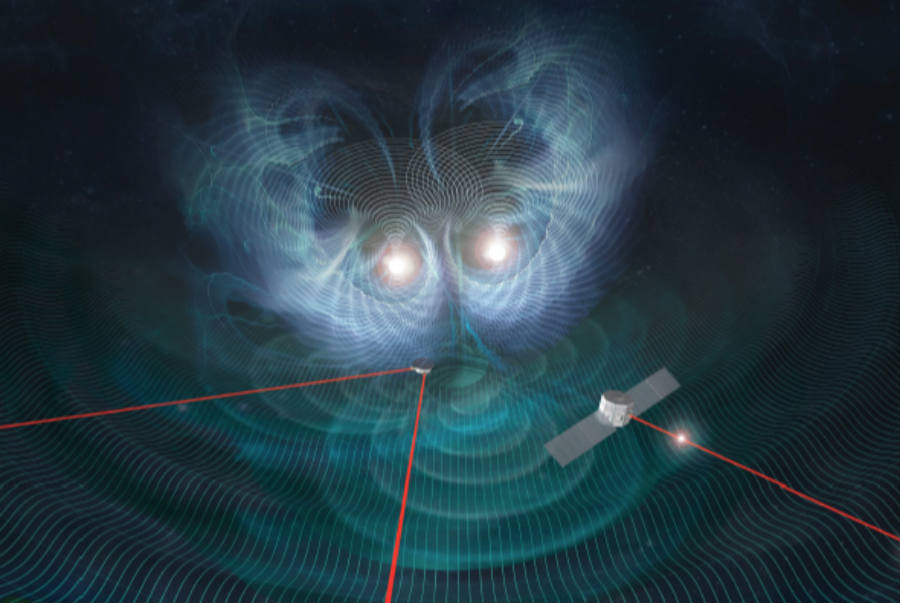After decades of research, the team behind the Laser Interferometer Gravitational-Wave Observatory (LIGO) won the Kavli Prize. It is awarded every two years in Norway, and it recognizes scientists that have contributed to astrophysics, neuroscience, and nanoscience, each holding a one-million dollar cash prize.
The Prize in nanoscience was granted to the developers of the atomic-force microscope, used for analyzing structures that are smaller than the smallest known bacteria.

Einstein’s gravitational waves
The research managed to prove Einstein’s theory of general relativity in gravitational fields. It also confirmed the existence of black holes that are 30 times more massive than the sun, allowing for a significant step in the field of physics and the comprehension of the universe.
The finding has been named one of the most important scientific discoveries of the past 50 years.
Rainer Weiss & Kip Throne bask in applause for sharing The #Kavli Prize in Astrophysics with Ronald Drever pic.twitter.com/3ZvYNgZvdp
— Robert Lee Hotz (@leHotz) June 2, 2016
As the waves produced by two black holes collide with each other, scientists can understand hyper-gravity phenomena native to black holes, supernovae, and neutron stars. These waves can shape space and time as they occasioned by astounding amounts of gravity. CBC’s Bob McDonald compared the phenomenon to children jumping on a trampoline.
Einstein theorized that matter and energy can bend space and time. To do this, one would need to move a sufficient amount of mass, which would then create gravitational waves that move throughout the universe. This is why scientists can know of the existence of black holes and dark matter as gravitational waves reveal the existence of phenomena that are not able to be perceived due to light.

The laser beam can create a measurable superposition of the two parts of a molecule; a second laser pulse is then emitted that should put the atom superposition on its initial position. If the second laser beam does not put the atom in its original state, then gravitational wave distortion had to take place somewhere in the process.
Gravitational waves can overcome cosmic microwave background radiation, which is leftover radiation from the big bang, but it cannot be assessed beyond the 380,000-year-old mark. Now, thanks to gravitational waves, scientists can measure phenomena that have occurred all over the universe, thus providing “ears into every corner of the cosmos.”
The current LIGO equipment is expected to observe events that have taken place at least 4.25 billion light-years away, whereas later stuff is aiming to measure quantum fluctuations of the earliest universe, seconds after the big bang.
Researchers behind gravitational waves breakthrough win prestigious $1M science prize (via @CBCNews) #Kavli2016 https://t.co/svLBfJ1Ehf
— The Kavli Prize (@KavliPrize) June 2, 2016
The discovery of gravitational waves is a great step for science as it will become a new method of measuring what the universe was like millions of years ago. Gravitational waves are a statement on how our understanding of space and time is still far from reaching its real nature.
Source: CBC News
